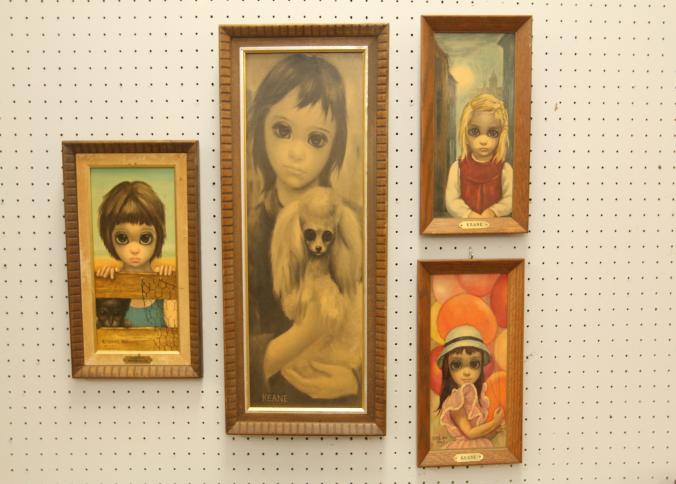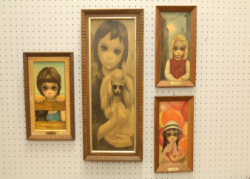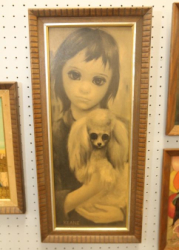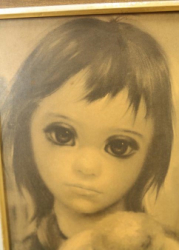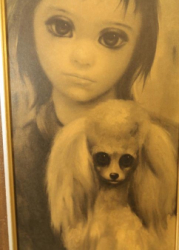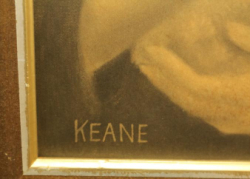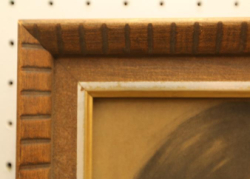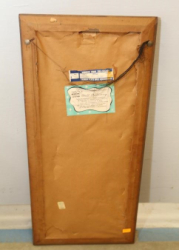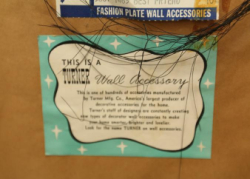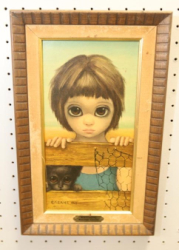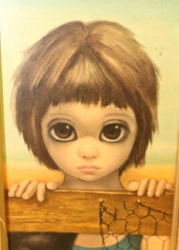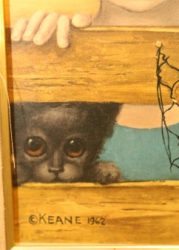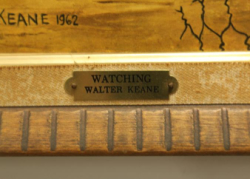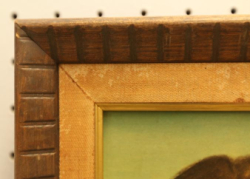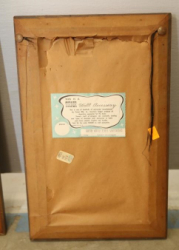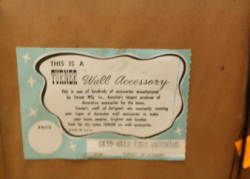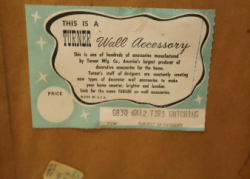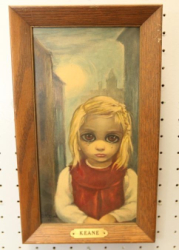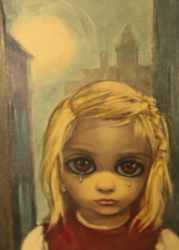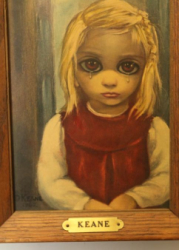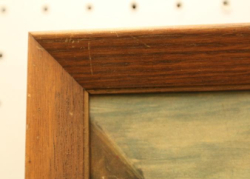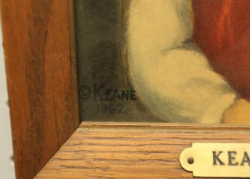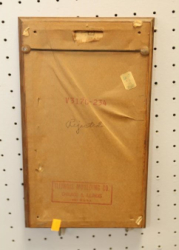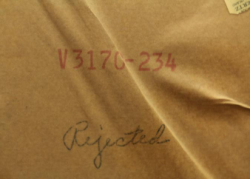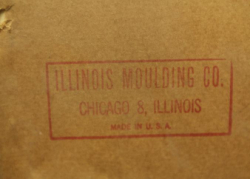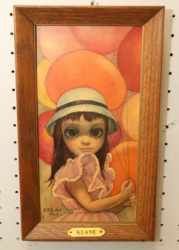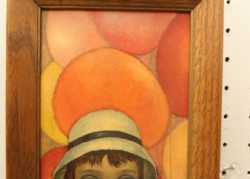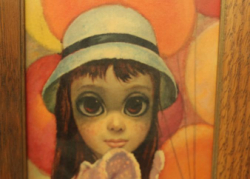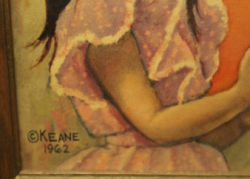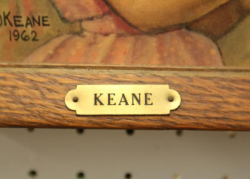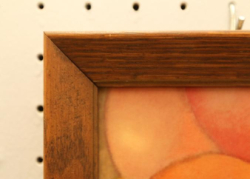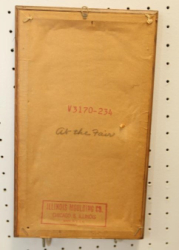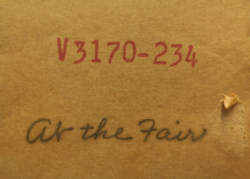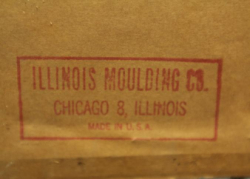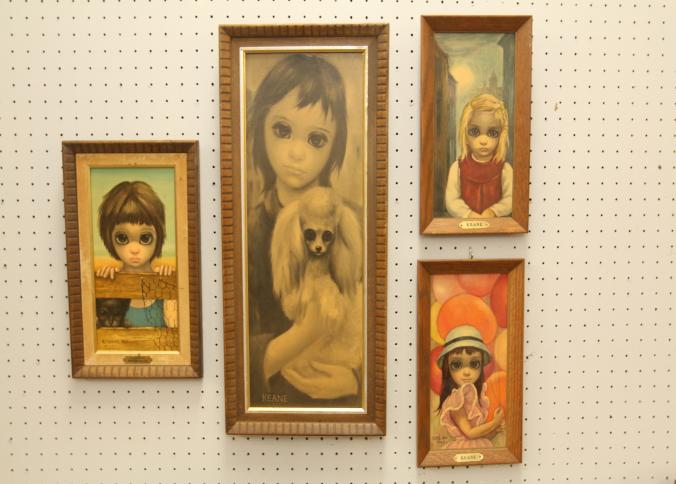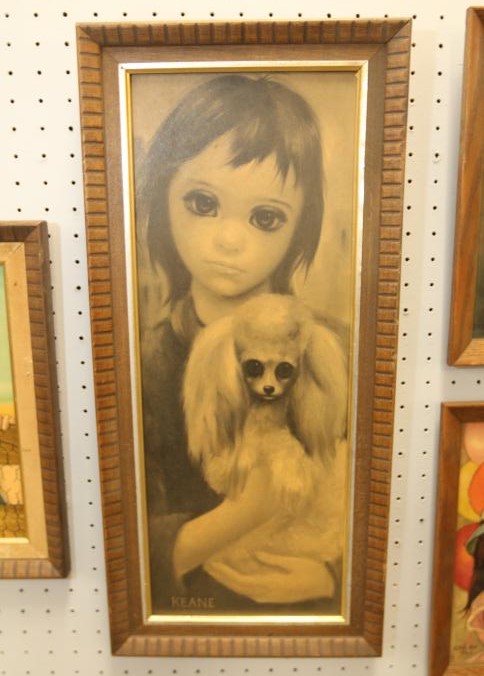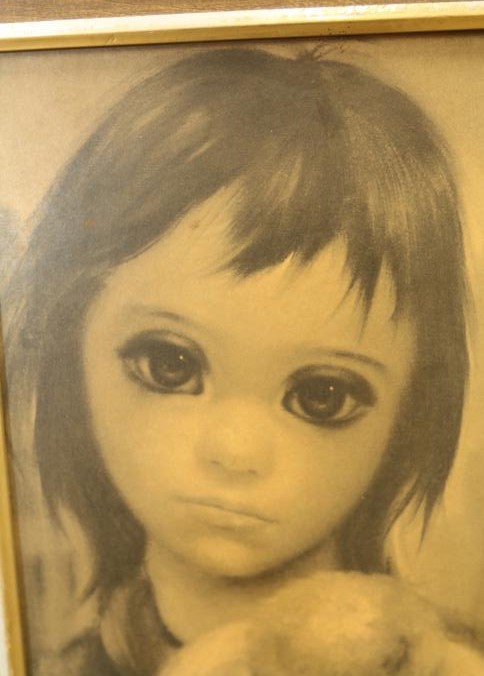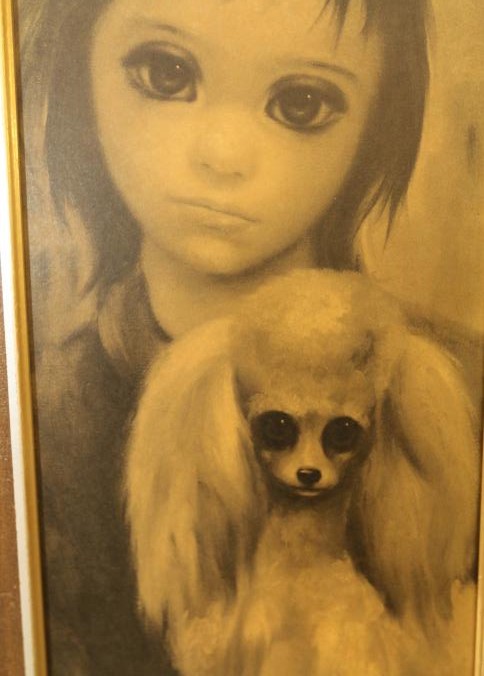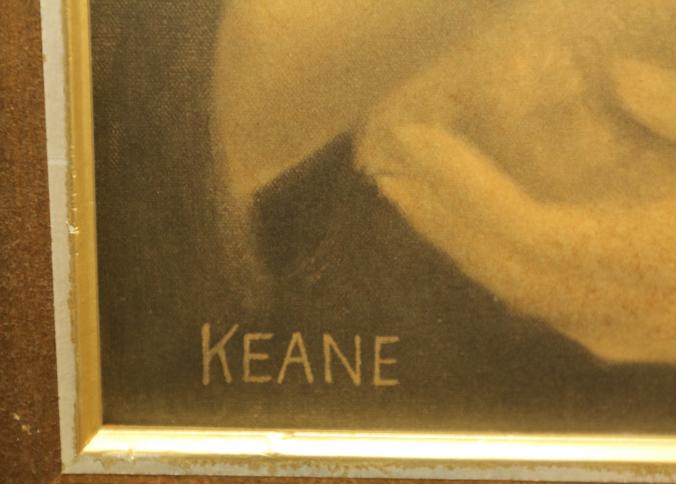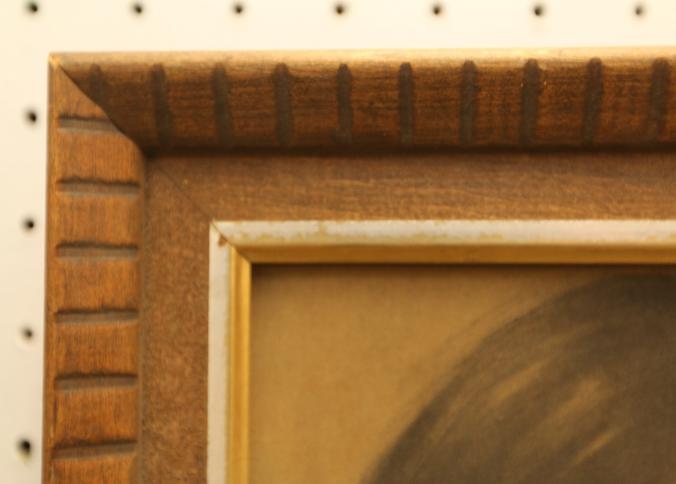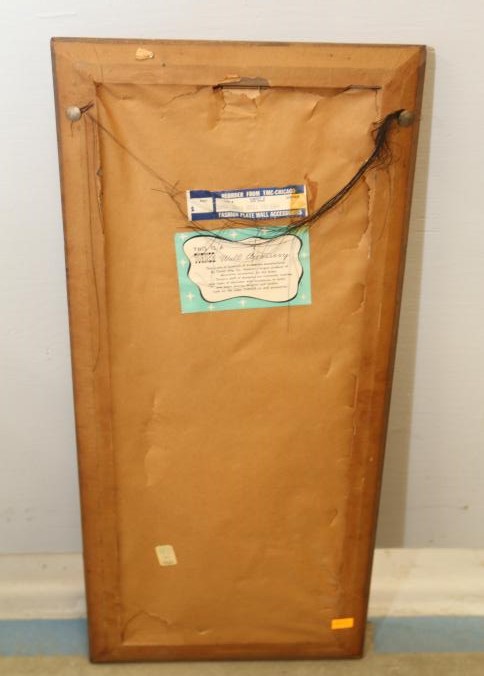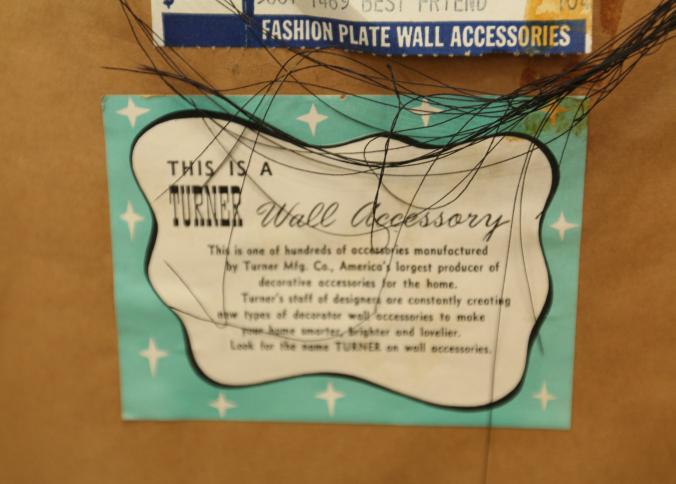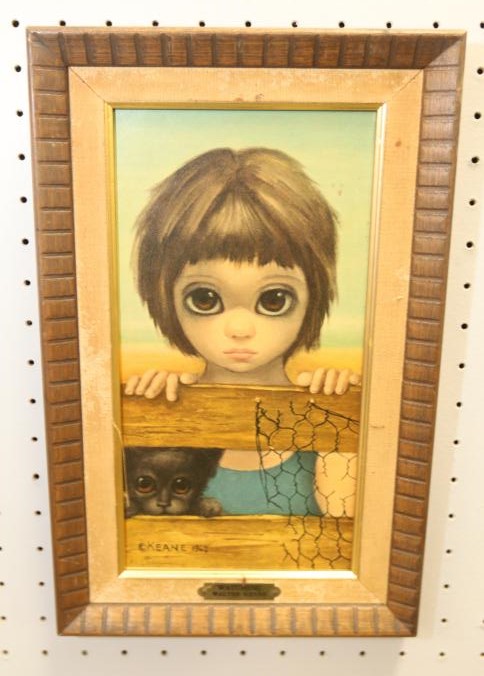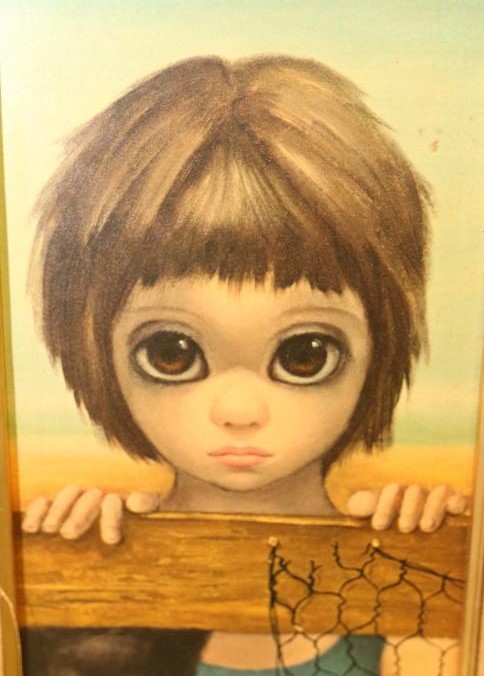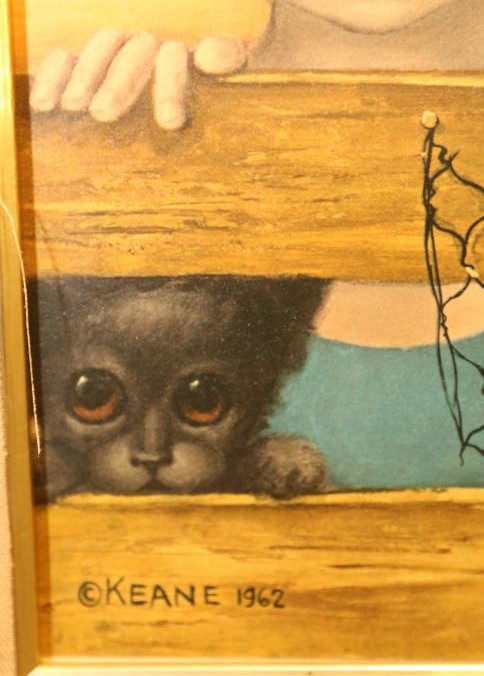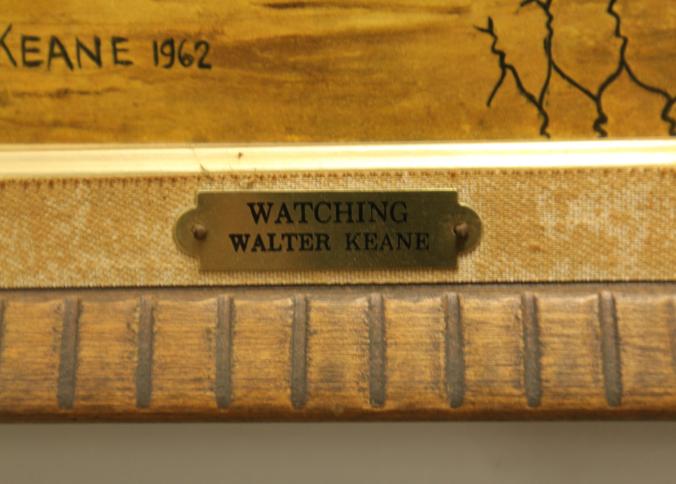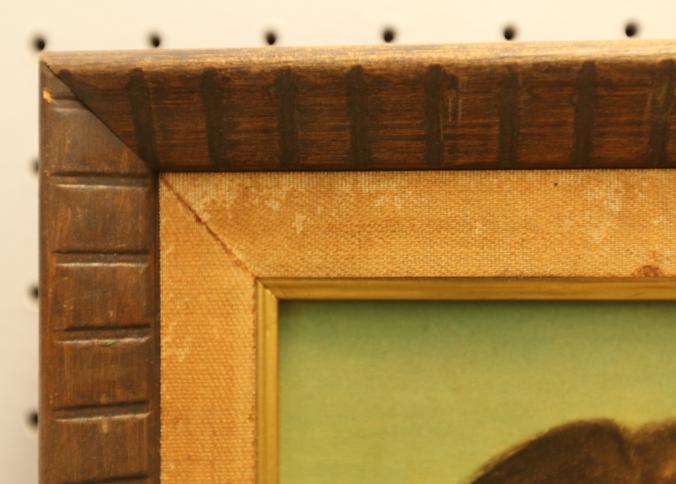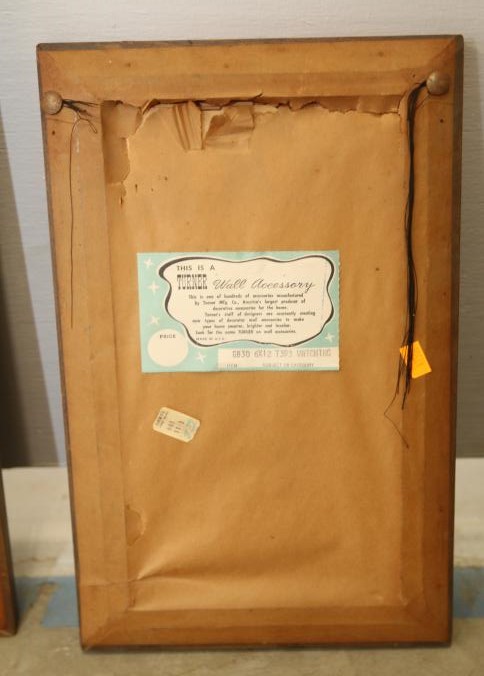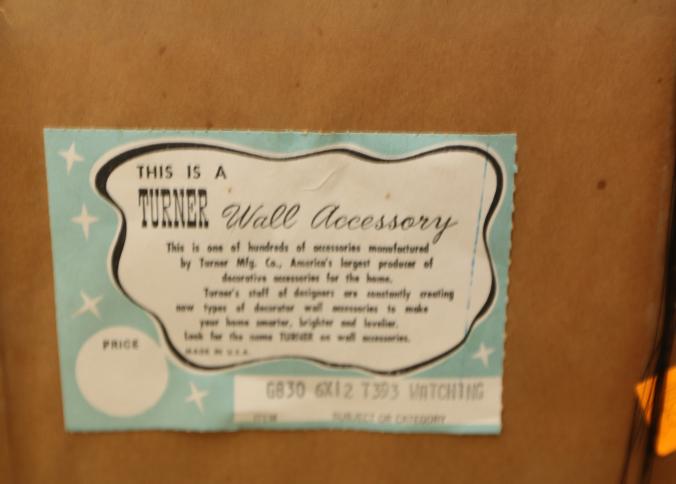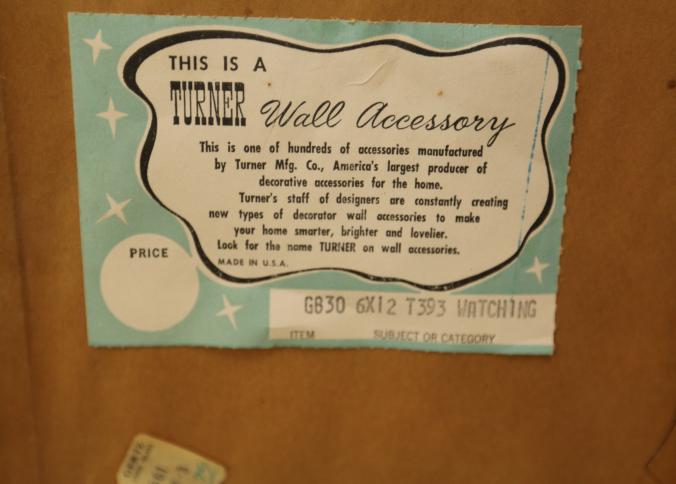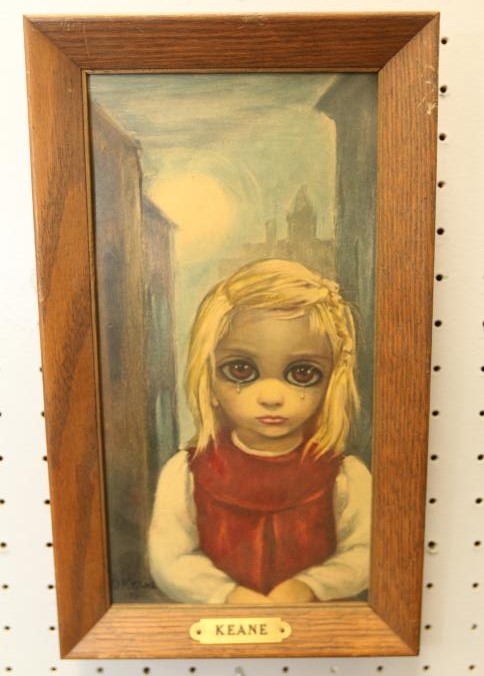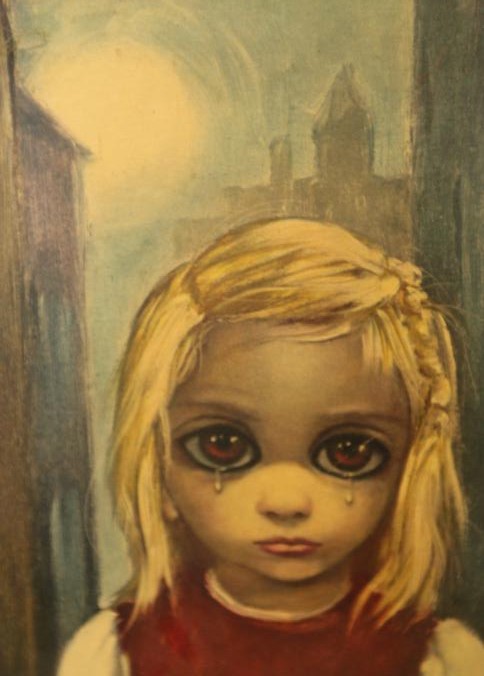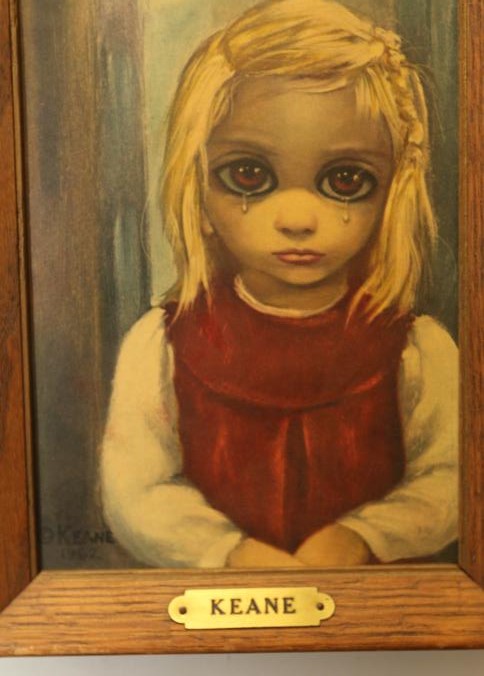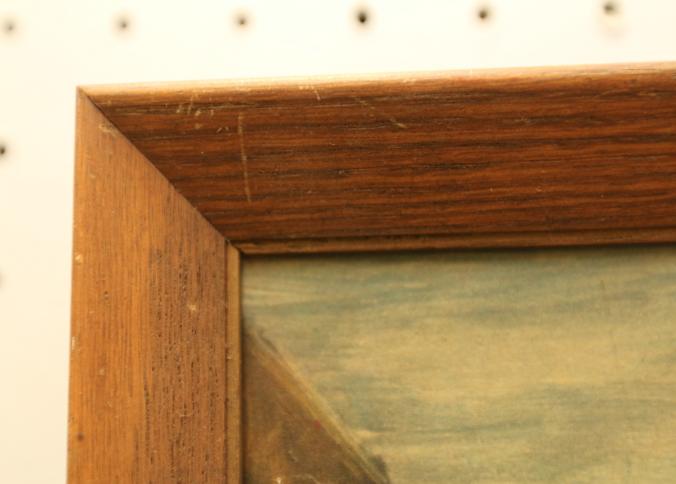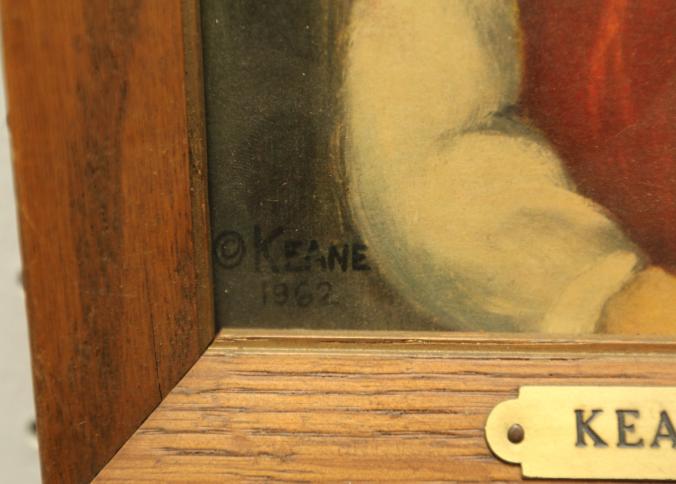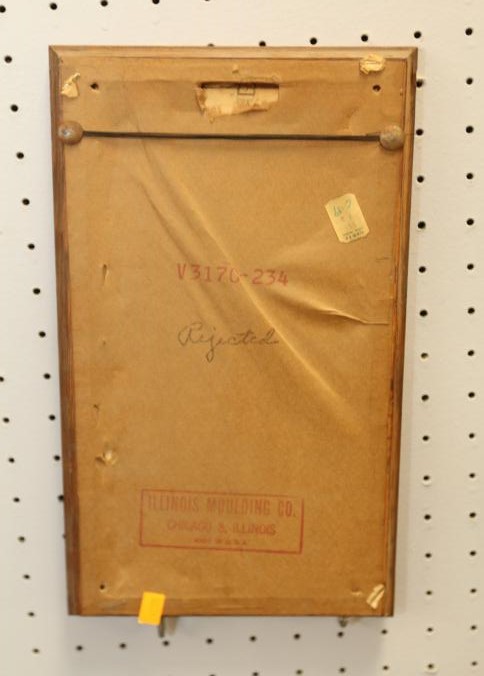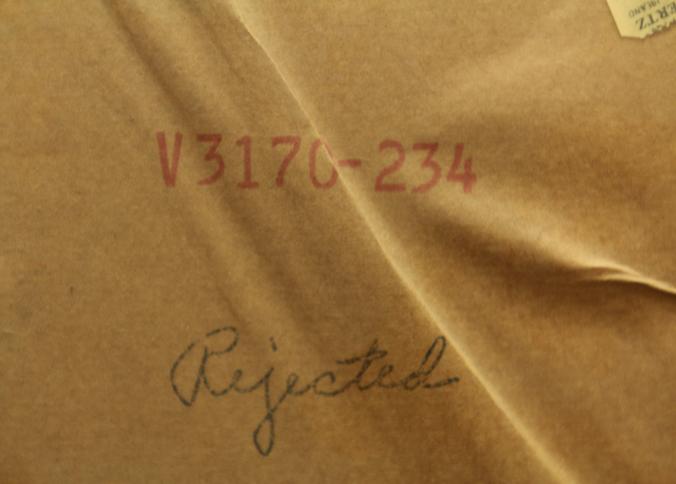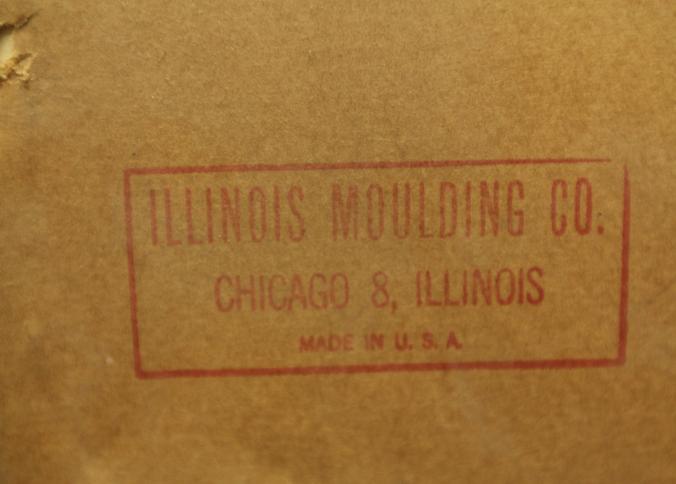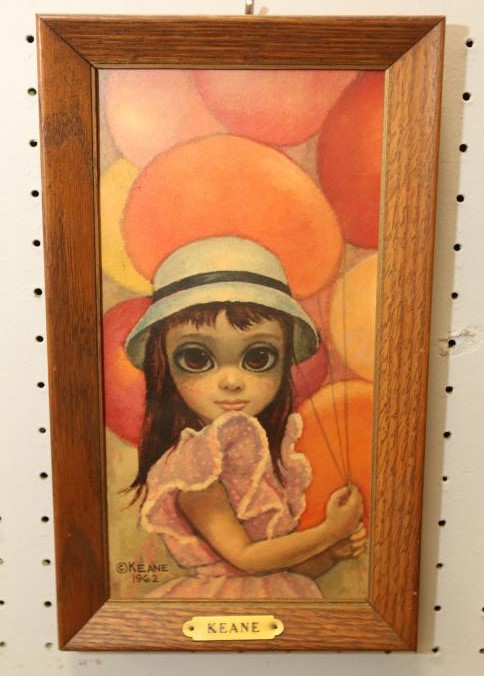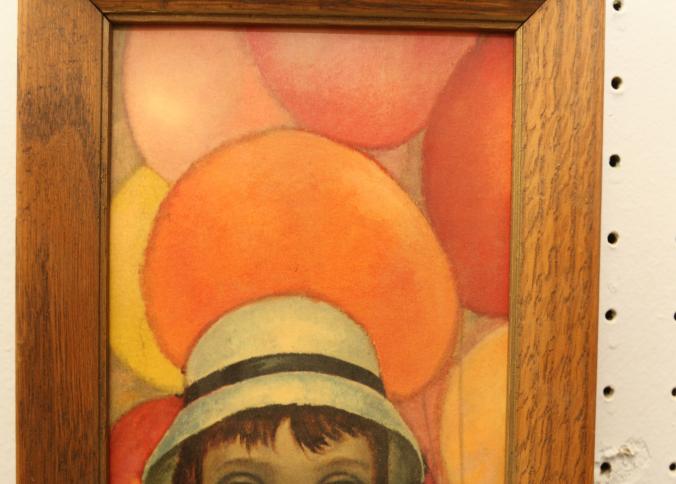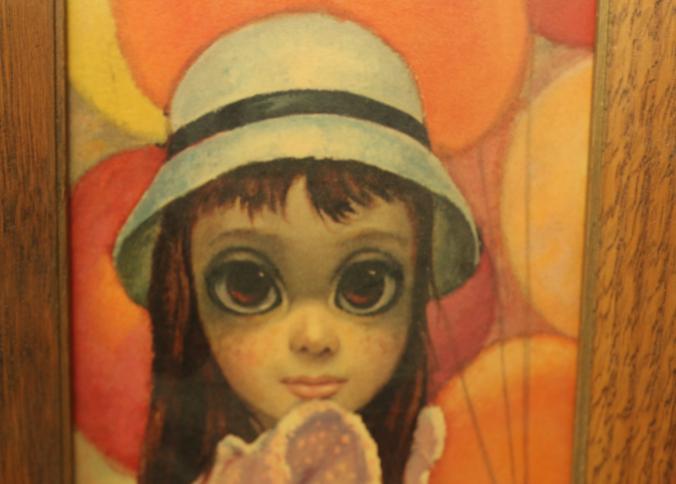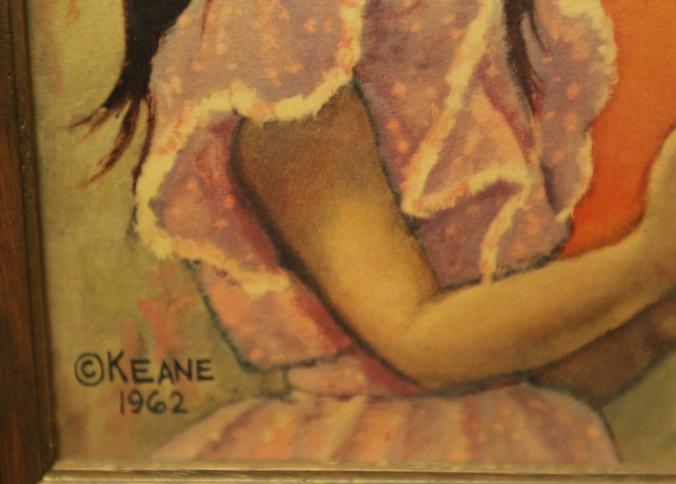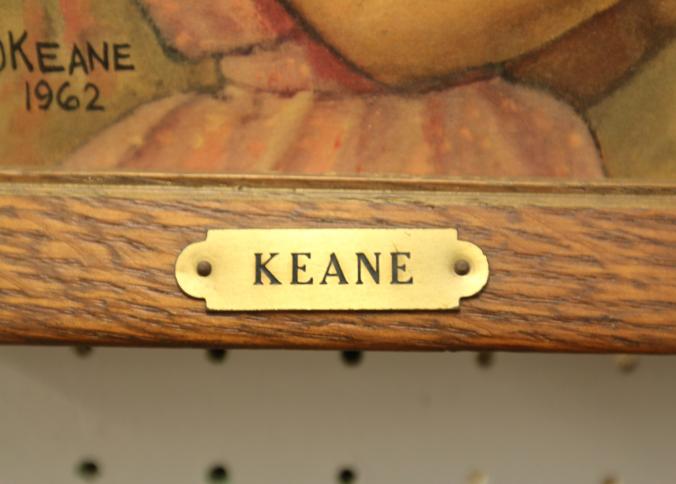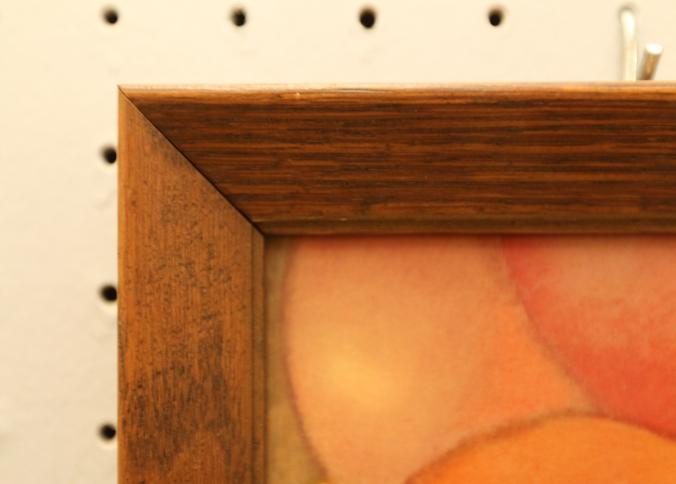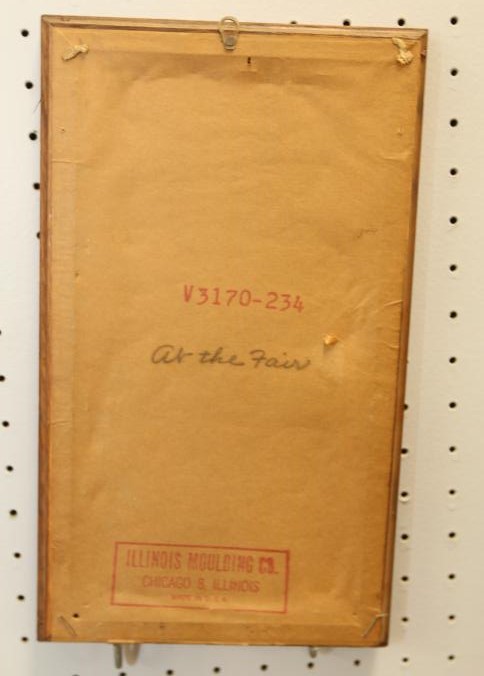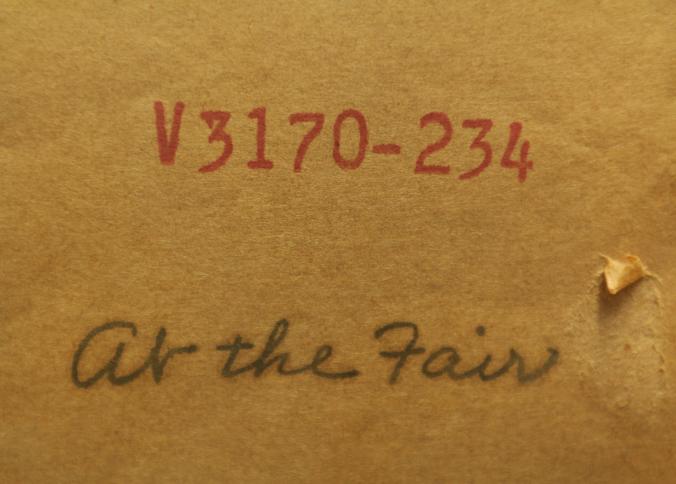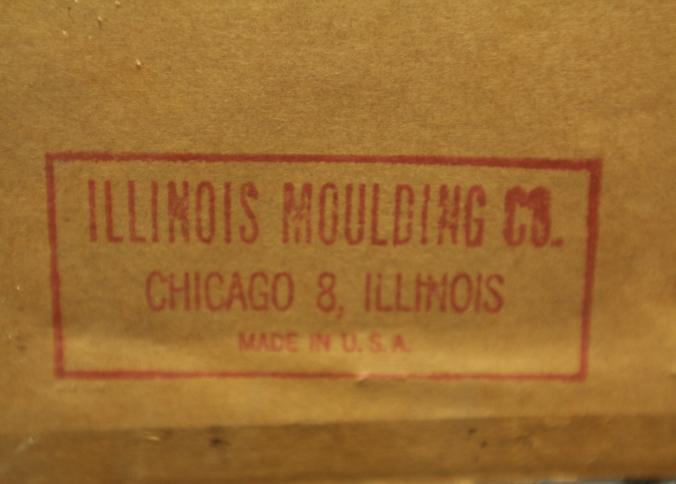Items located in Pleasant Valley, NY. Items include George Rodrigue framed and matted numbered print under glass of a blue dog in front of a tree with a yellow star at the top; Elizabeth O'Neill Verner lithograph of Brooklyn Bridge with Manhattan in the background; Epicault double inkwell having bronze statue of Saint Georges on marble base with pen holder; brass National receipt drop box having two glass sides and decoration throughout; Durani & Co mother of pearl and bronze opera style binoculars; James Dixon & Sons Sheffield powder flask having plaque; Bronze statue of military officer; pair of five fixture table lamps having decorative metal bases and shades with rounded finials; several Salvador Dali colored lithographs; Jean Antoine Houdon signed carved marble bust and more.
Payment is due by Friday, October 27 at 1PM.
Pickup in Pleasant Valley, NY must be completed by Monday, October 30 at 3PM.
All lots sold as is, where is. There is a 15% Buyers Premium for all lots purchased. Payment methods include cash, MC, Visa, Discover or good check. You can make credit card payment online by going to your Member Area and selecting your invoice.
*NOTE* Shipping is available on items not indicated in description as Pickup only.
Payment is due by Friday, October 27 at 1PM.
Pickup in Pleasant Valley, NY must be completed by Monday, October 30 at 3PM.
All lots sold as is, where is. There is a 15% Buyers Premium for all lots purchased. Payment methods include cash, MC, Visa, Discover or good check. You can make credit card payment online by going to your Member Area and selecting your invoice.
*NOTE* Shipping is available on items not indicated in description as Pickup only.
Auction Info
Items located in Pleasant Valley, NY. Items include George Rodrigue framed and matted numbered print under glass of a blue dog in front of a tree with a yellow star at the top; Elizabeth O'Neill Verner lithograph of Brooklyn Bridge with Manhattan in the background; Epicault double inkwell having bronze statue of Saint Georges on marble base with pen holder; brass National receipt drop box having two glass sides and decoration throughout; Durani & Co mother of pearl and bronze opera style binoculars; James Dixon & Sons Sheffield powder flask having plaque; Bronze statue of military officer; pair of five fixture table lamps having decorative metal bases and shades with rounded finials; several Salvador Dali colored lithographs; Jean Antoine Houdon signed carved marble bust and more.
Payment is due by Friday, October 27 at 1PM.
Pickup in Pleasant Valley, NY must be completed by Monday, October 30 at 3PM.
All lots sold as is, where is. There is a 15% Buyers Premium for all lots purchased. Payment methods include cash, MC, Visa, Discover or good check. You can make credit card payment online by going to your Member Area and selecting your invoice.
*NOTE* Shipping is available on items not indicated in description as Pickup only.
Payment is due by Friday, October 27 at 1PM.
Pickup in Pleasant Valley, NY must be completed by Monday, October 30 at 3PM.
All lots sold as is, where is. There is a 15% Buyers Premium for all lots purchased. Payment methods include cash, MC, Visa, Discover or good check. You can make credit card payment online by going to your Member Area and selecting your invoice.
*NOTE* Shipping is available on items not indicated in description as Pickup only.
Categories:
Four Keane framed prints, titles incl "At The Fair", "Rejected', "Best Friend", and "Watching", all signed lower left "Keane", sizes range from 13" x 7" to 24.5" x 10.5", two having plaques and one matted. Bio from AskArt: Walter Keane (1915-2000) born in Lincoln, Nebraska, became a highly-popular artist post World War II who was credited as a figure painter of wide-eyed "lost" children, waif-like and sympathy provoking. These images were reproduced throughout the world with originals in many collections including the United Nations, the National Museum of Contemporary Art in Madrid, Spain, and the National Museum of Western Art in Tokyo, Japan. From 1946 to 1947, he went to Berlin where he began his signature theme of "Lost Children." These paintings were inspired by his shock at seeing the thousands of war-orphaned, poverty-stricken children. He married his wife, Margaret, also an artist, and they lived in Oakland, and became public personalities because his work was collected by so many movie stars. By 1956, he and Margaret opened a gallery at the Royal Hawaiian Hotel in Honolulu, and again his work got much attention. Shortly after, the couple returned to San Francisco where they had a gallery at for two years and then opened a gallery in New York City. Again he had many collectors but also received criticism for being repetitious with every canvas having a "lost" child. Margaret Keane (born 1927) is an American artist. She is an illustrator and painter, and mainly draws women and children in oil or mixed media. Her works are instantly recognizable from the doe-eyed children that are depicted in the drawings. In the 1960s, Margaret Keane's artwork was sold under the name of her husband, Walter Keane. He locked her in a room and forced her to paint, while taking credit for her work. Conflict over that issue was cited as one of the reasons they divorced. Neither wanting to relinquish rights to the artwork, Walter and Margaret's divorce proceedings went all the way to federal court. At the hearing, Margaret created a painting in front of the judge to prove that she was the artist. Walter declined to paint before the court, citing a sore shoulder. In 1986, the courts sided with her, enabling her to paint under her own name. In 2014, their story became a movie titled "Big Eyes" directed by Tim Burton.
More Details
Four Keane framed prints, titles incl "At The Fair", "Rejected', "Best Friend", and "Watching", all signed lower left "Keane", sizes range from 13" x 7" to 24.5" x 10.5", two having plaques and one matted. Bio from AskArt: Walter Keane (1915-2000) born in Lincoln, Nebraska, became a highly-popular artist post World War II who was credited as a figure painter of wide-eyed "lost" children, waif-like and sympathy provoking. These images were reproduced throughout the world with originals in many collections including the United Nations, the National Museum of Contemporary Art in Madrid, Spain, and the National Museum of Western Art in Tokyo, Japan. From 1946 to 1947, he went to Berlin where he began his signature theme of "Lost Children." These paintings were inspired by his shock at seeing the thousands of war-orphaned, poverty-stricken children. He married his wife, Margaret, also an artist, and they lived in Oakland, and became public personalities because his work was collected by so many movie stars. By 1956, he and Margaret opened a gallery at the Royal Hawaiian Hotel in Honolulu, and again his work got much attention. Shortly after, the couple returned to San Francisco where they had a gallery at for two years and then opened a gallery in New York City. Again he had many collectors but also received criticism for being repetitious with every canvas having a "lost" child. Margaret Keane (born 1927) is an American artist. She is an illustrator and painter, and mainly draws women and children in oil or mixed media. Her works are instantly recognizable from the doe-eyed children that are depicted in the drawings. In the 1960s, Margaret Keane's artwork was sold under the name of her husband, Walter Keane. He locked her in a room and forced her to paint, while taking credit for her work. Conflict over that issue was cited as one of the reasons they divorced. Neither wanting to relinquish rights to the artwork, Walter and Margaret's divorce proceedings went all the way to federal court. At the hearing, Margaret created a painting in front of the judge to prove that she was the artist. Walter declined to paint before the court, citing a sore shoulder. In 1986, the courts sided with her, enabling her to paint under her own name. In 2014, their story became a movie titled "Big Eyes" directed by Tim Burton.
High Bid:
$140.00 – thenagain
Auction Type: One Lot
Quantity: 1
Bidding has closed on this lot

